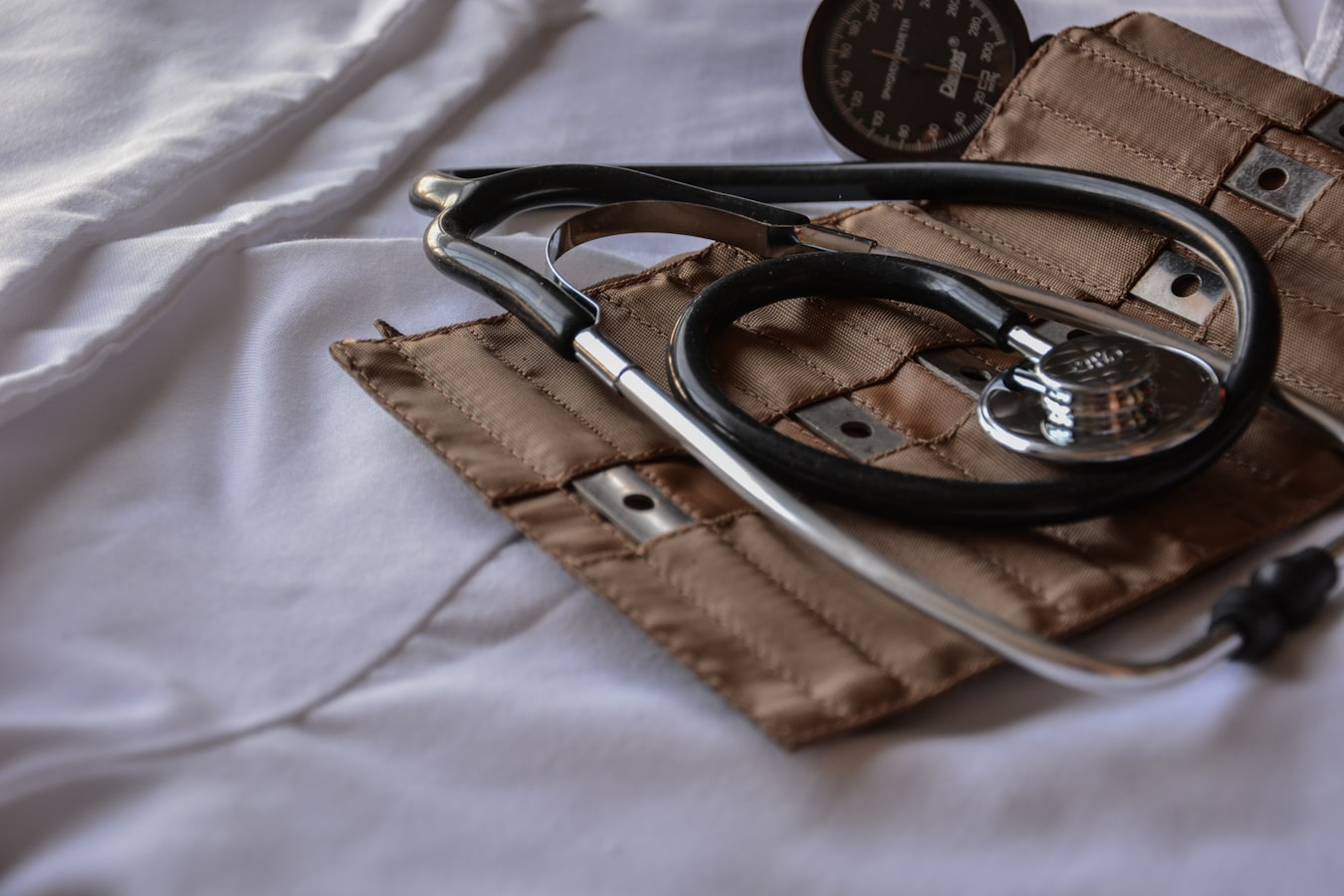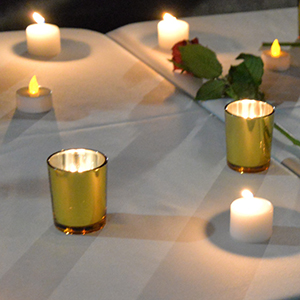Australia will benefit from taking immediate steps to reduce rates of female imprisonment amid growing evidence that our tough-on-crime approaches are not working, bringing significant economic and social costs, a new report from the Committee for Economic Development of Australia (CEDA) has found.
The report, “Double Jeopardy: The economic and social costs of keeping women behind bars”, finds that if government spending on corrective services follows recent trends, by 2030 Governments would be spending more than $7 billion a year on corrective services.
CEDA chief executive Melinda Cilento says the report shows Australia’s current approaches to criminal justice are becoming increasingly expensive and ineffective.
“Governments keep spending more on criminal justice approaches that are destroying critical human capital,” CEDA chief executive Melinda Cilento said.
“Given our worker shortages, the need for budget repair and growing demands on government resources in areas like health and aged care, we can no longer afford to continue pursuing policies that keep more and more women behind bars at ever increasing cost.
Despite serious crime rates falling, incarceration rates are increasing, most markedly for women, in particular Aboriginal and Torres Strait Islander women.
“Many women are in prison for short sentences and pose a low risk to the community. Many are often sentenced to less than the time they spend in remand. And many are unsentenced – more than 50 per cent of women in custody in Victoria are unsentenced,” Ms Cilento said.
“Many of women in prison are themselves victims of violence, facing significant physical and mental health challenges,” Ms Cilento said.
“This also affects their children and families, contributing to an intergenerational cycle of disadvantage.”
A growing prison bill
This is coming at a rapidly growing cost to taxpayers. Nationwide, government spending on corrective services rose by more than five per cent to $5.4 billion in 2020-21, with taxpayers spending at least $330 per prisoner, per day.
However, if we can divert 50 per cent of sentenced women from prison, assuming recent trends in female incarceration, in 2030 governments would save a total of $405.3 million. That comprises:
- $288 million in direct costs; and
- At least $117.3 million in indirect costs.
Rising female prisoner numbers
While overall numbers of female prisoners are lower than men, they have grown by more than 60 per cent over the last decade, considerably faster than the 45 per cent growth in the male population.
“This underlines that over-policing of minor offences, and tougher bail and sentencing laws, are having a disproportionate effect on women,” Ms Cilento said.
“Every night a woman spends behind bars for a crime for which she was not convicted, or for which she was sentenced to less than time served, is clearly a waste of taxpayers’ money.”
CEDA makes five recommendations in this report.
1. Focus immediately on reducing female incarceration by:
Significantly reducing the number of women in remand by raising bail release rates; providing better support to those released on bail; and eliminating short sentences for minor offences by working with civil society and social enterprise to divert women towards community-based sentences.
2. Set and report against targets to reduce rates of imprisonment and reoffending
Targets focus the policy efforts of governments, increase accountability and challenge spending decisions. National momentum for a coordinated approach to reducing rates of imprisonment and reoffending should be built through the Standing Council of Attorneys-General.
3. Prioritise justice reinvestment
Justice reinvestment programs seek to redirect resources from prisons into rebuilding human resources and community-based support. They have proven to be effective. Preventative measures can also be applied where conditions that make offending likely have been identified.
4. Invest in targeted re-engagement programs and improve essential services
Reducing reoffending rates requires better support for prisoners to build a bridge between prison and re-engagement in society focusing on housing, work and health. Governments must examine women’s pathways to criminality and create preventative measures to divert them from the criminal justice system.
5. Build a national, long-term evidence base and community of practice
To achieve sustained performance, there must be greater and more effective investment in the collection and sharing of data on the criminal justice system and programs aimed at reducing rates of crime and recidivism, as well as in diversion.
Nicole Dwyer, chief executive of national not-for-profit employment and community service organisation Workskil Australia, who contributed to this report, says the key is to form a personal, trusted, two-way relationship with the prisoner so they become truly engaged in the process.
“It’s about quality wraparound services being delivered by experienced service providers, where strong relationships are formed in prison and continue upon release,” Ms Dwyer said.
“A strong focus on housing, employment, health, welfare and education with tailored, flexible and culturally responsive servicing is proven to reduce re-offending.”
The report includes the following contributions:
- Closing the wrong gaps: Australia’s rising incarceration rates by Ember Corpuz, Researcher, CEDA
- We have the answers. Are you ready to listen? by Antoinette Braybrook and Cheryl Axleby, Co-Chairs, Change the Record, and Sophie Trevitt, Executive Officer, Change the Record
- At what cost to the next generation? by Elena Campbell, Associate Director of Research, Advocacy & Policy, RMIT University Centre for Innovative Justice
- Who does prison harm most? by Dorothy Armstrong, Adviser & Peer Support Worker, RMIT University Centre for Innovative Justice
- Why is justice failing? by Dr Mindy Sotiri, Executive Director, Justice Reform Initiative
- Case study: Work Ready, Release Ready Program by Nicole Dwyer, CEO, WorkSkil Australia
- Case study: Designing holistic responses by Luke Thomas, Senior Legal Designer, Portable
CEDA’s aim in releasing this report is to bring together a broad range of voices to generate momentum for change.
In the lead up to this report, CEDA brought together community groups and services, prison operators, service providers, academics, policy advisers, business leaders and professional services for a series of collaborative discussions.
“Female incarceration is a complex issue. By involving diverse voices and a range of experts, we are able to obtain a clear evidence-based picture of the real issues being faced across all the correctional jurisdictions,” Ms Dwyer said.
“Through collaboration, we can then create the most effective pathway forward.”
The goodwill and momentum generated by this collaboration, as well as the evidence and lived experiences in this report, show there is little risk to the community from reducing rates of female incarceration and significant benefit from doing so.
The time to act is now.








